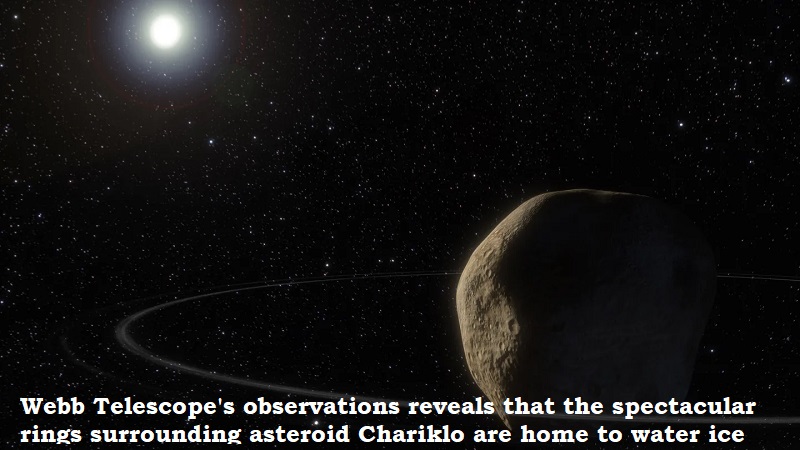
With the James Webb Space Telescope (JWST), the most potent telescope ever sent into space, the National Aeronautics and Space Administration (NASA) paved the way for a new era of astronomy. James Webb shared mesmerising images of the cosmic cliffs of a stellar nursery, a quintet of galaxies united in a celestial waltz, and other breathtaking intricacies of space.
According to NASA, James Webb’s most recent investigations showed that water ice can be found in the stunning rings that surround the asteroid Chariklo.
In 1997, the asteroid Chariklo was first found. According to reports, it is too far away to be effectively observed by or imaged by any of the space telescopes now in operation.
According to NASA, Chariklo is the largest of the known Centaur population and is located more than two billion miles away beyond the orbit of Saturn.
After its discovery in 1997, astronomers found the rings later in 2013. Using ground-based telescopes, experts discovered that Chariklo hosts a system of two thin rings. But the powerful James Webb telescope has now gathered more details.

Post Your Comments